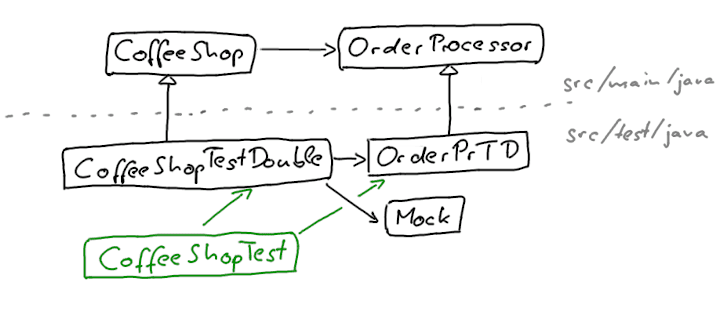菱形继承
两个子类继承同一个父类,而又有子类又分别继承这两个子类,就称作菱形继承

多重继承产生的二义性
假设有一个基类,他派生了两个子类分别继承于它,比如说下面这个例子:
class A {public:A(int d) {cout << "A()" << endl;_data = d;}protected:int _data;};class X:public A{public:X(int x = 0):A{x}{}void setdata(int d) {_data = d;}};class Y:public A{public:Y(int x = 0):A{x}{}int getdata() {return _data;}};
基类中有一份公共数据_data,两个子类分别对它进行了继承,如果我们调用类X中的setdata修改数据,再调用class Y中的getdata(),得到的数据是不一致的,原因是重名数据存在于各自的作用域中,产生了二义性
为了解决这个问题(产生数据冗余),我们可以使用菱形继承:我们对上述代码按下面步骤进行修改
1 提取各父类中 相同的成员 构成祖父类
2 让各父类继承祖父类
3 虚继承:是一种继承的扩展:virtual
虚继承实现了在多继承中只保留一份共同成员,防止产生数据冗余
class A {public:A(int d) {cout << "A()" << endl;_data = d;}protected:int _data;};class X:virtual public A{public:X(int x = 0):A{x}{}void setdata(int d) {_data = d;}};class Y:virtual public A{public:Y(int x = 0):A{x}{}int getdata() {return _data;}};class Z:public X,public Y{public:Z(int x) :A{ x } {}void dis() {cout << _data << endl;}};
这样就实现了了菱形继承
菱形继承的构造:菱形继承的构造由孙子类来完成对祖先类的构造,两个子类中使用默认参数构造即可(注:子类还是要对父类完成构造,只不过参数改为默认参数即可,传参由孙子类来完成)
实例:
class furniture {public:furniture(string color,int weight):_color{color},_weight{weight}{}void descripte() {cout << _color << endl;cout << _weight << endl;}protected:string _color;int _weight;};class sofa:virtual public furniture{public:sofa(string color = "black", int weight = 100):furniture(color, weight){}void sit() {cout << "take a sit..." << endl;}};class Bed:virtual public furniture{public:Bed(string color = "black",int weight = 100):furniture(color,weight){}void sleep() {cout << "have a sleep..." << endl;}};class SofaBed :public sofa, public Bed {public:SofaBed(string color, int weight) :furniture(color, weight) {}};int main() {sofa s1("blue", 123);s1.sit();s1.descripte();Bed s2("yellow", 456);s2.sleep();s2.descripte();SofaBed s3("green", 3241);s3.sleep();s3.sit();s3.descripte();system("PAUSE");}



































还没有评论,来说两句吧...